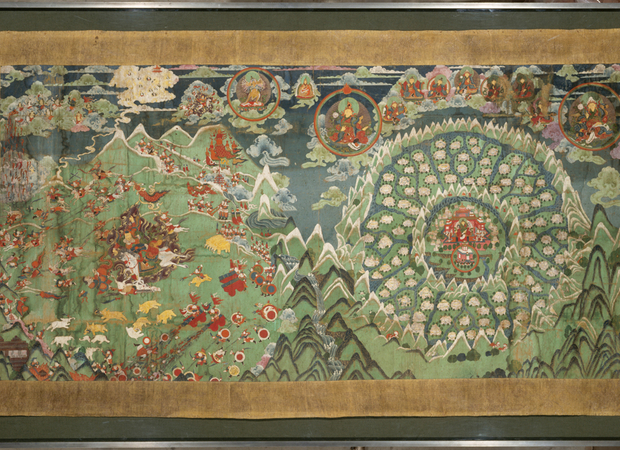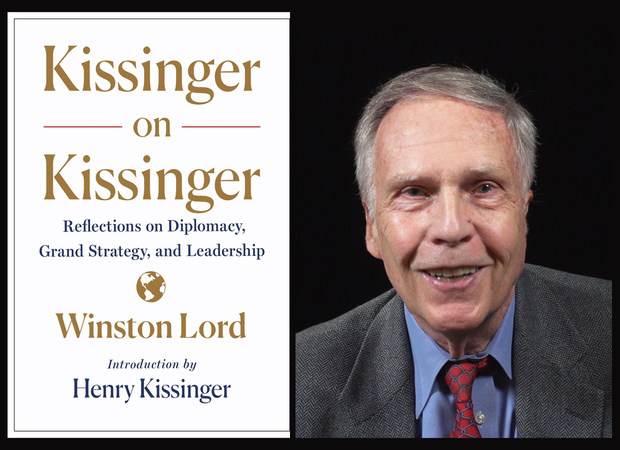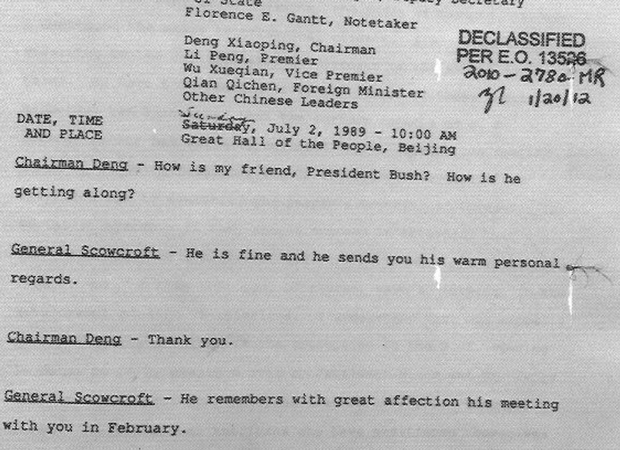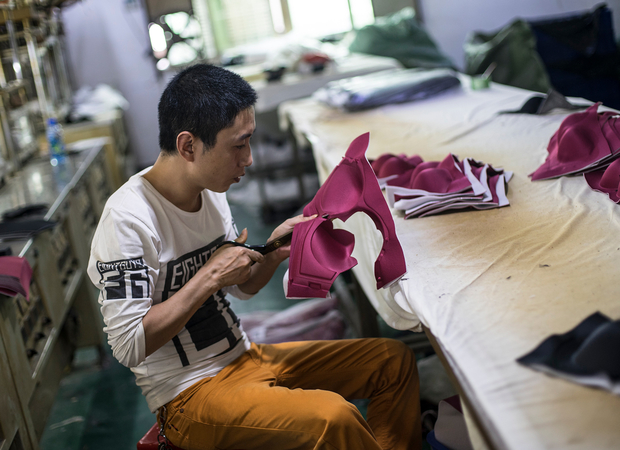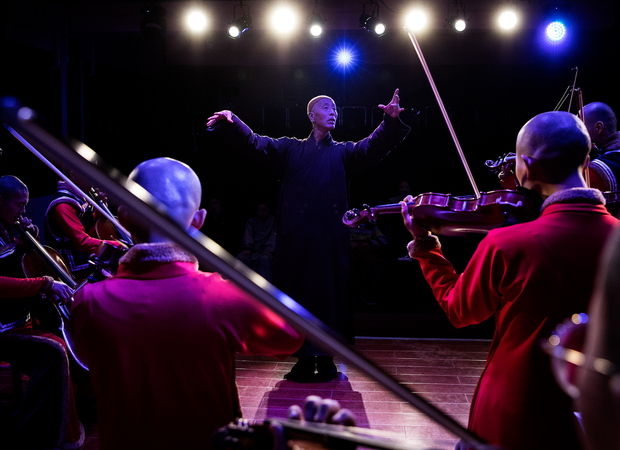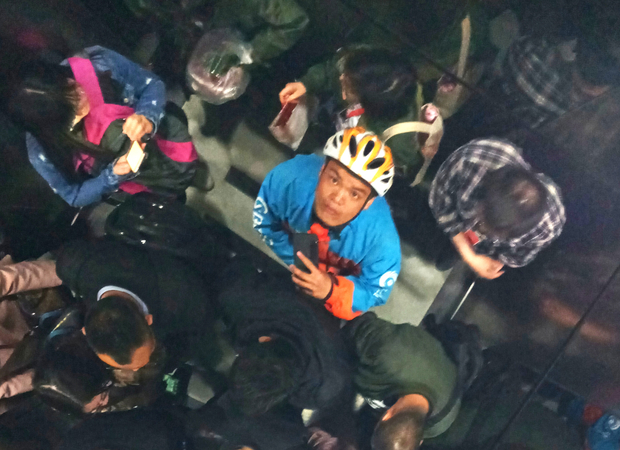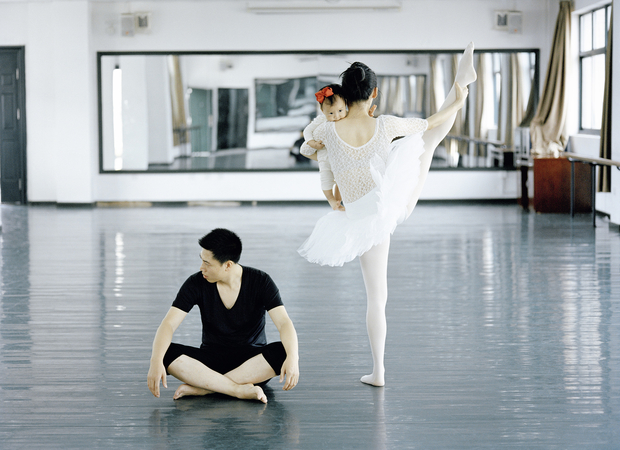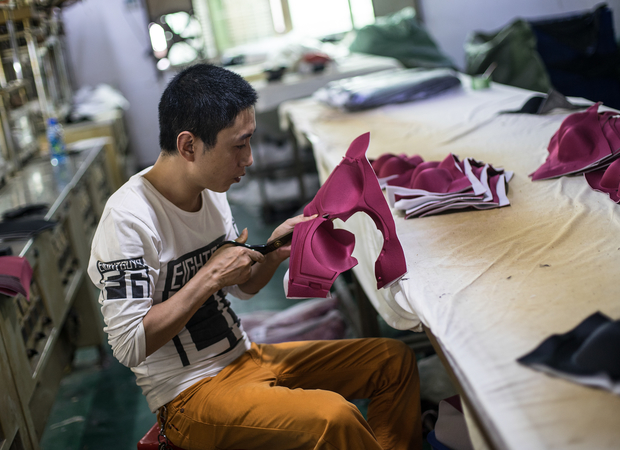These are the main documents in the George H.W. Bush presidential archives from the six months after June 4, 1989 that most pertain to how the Bush administration assessed the situation and decided to proceed following the Tiananmen Square crackdown. David Shambaugh and ChinaFile thank the staff of the George H.W. Bush Presidential Library for their cooperation and assistance.
• Press Conference by the President, The White House, June 5, 1989. (A searchable transcript, along with video, is available here.) (1-9)
• Cable from Department of State to U.S. Embassy Beijing concerning Secretary of State James Baker’s meeting with Chinese Ambassador Han Xu, June 7, 1989. (10-14)
• Press Conference by President George H.W. Bush, June 8, 1989. (Video is available here.) (15-18)
• Memorandum of Conversation: LTG Brent Scowcroft, Deng Xiaoping, et al, July 2, 1989. (19-32)
• Letter from President George H.W. Bush to Deng Xiaoping, July 21, 1989. (33-37)
• National Security Council Memorandum for Brent Scowcroft from Douglas Paal, Subject: China—Outlook Even Bleaker than it Seems, August 4, 1989. (38-40)
• Letter from President George H.W. Bush to Deng Xiaoping, November 6, 1989. (41-42)
• Letter from former President Richard Nixon to President George H.W. Bush, November 9, 1989. (43)
• Cable from Brent Scowcroft to Ambassador James Lilley, November 10, 1989. (44-46)
• Toast by National Security Council Advisor Brent Scowcroft to Chinese Foreign Minister Qian Qichen, Beijing, December 9, 1989. (47-48)
• Toast by Chinese Foreign Minister Qian Qichen to National Security Council Advisor Brent Scowcroft, Beijing, December 9, 1989. (49-50)
• Memorandum of Conversation: Working Lunch between Chinese Foreign Minister Qian Qichen and National Security Council Advisor Brent Scowcroft, Beijing, December 10, 1989. (51-55)
• Memorandum of Conversation: Private Meeting of National Security Advisor Brent Scowcroft with Chinese Foreign Minister Qian Qichen, Beijing, December 10, 1989. (56-59)
• Memorandum of Conversation: Meeting between Premier Li Peng, General Scowcroft et al, Beijing, December 10, 1989. (60-65)
• Memorandum of Conversation: Meeting between Chinese Communist Party General Secretary Jiang Zemin and National Security Council Advisor Brent Scowcroft, December 10, 1989. (66-72)
• Cable from Department of State to all U.S. Embassies worldwide, on Scowcroft-Eagleburger Mission to China, December 14, 1989. (73-75)
